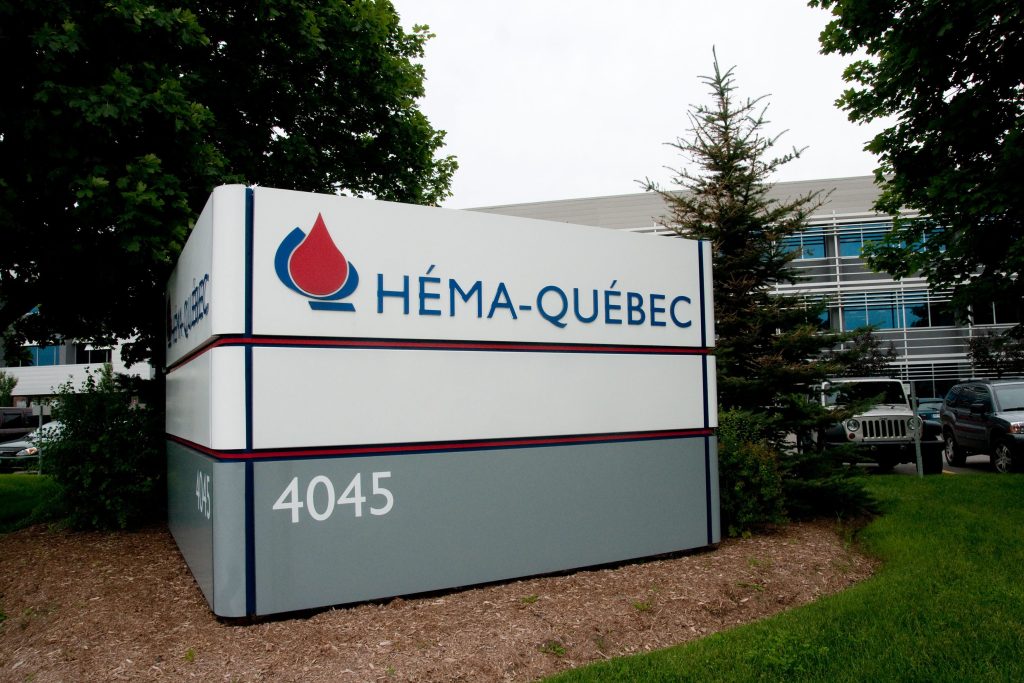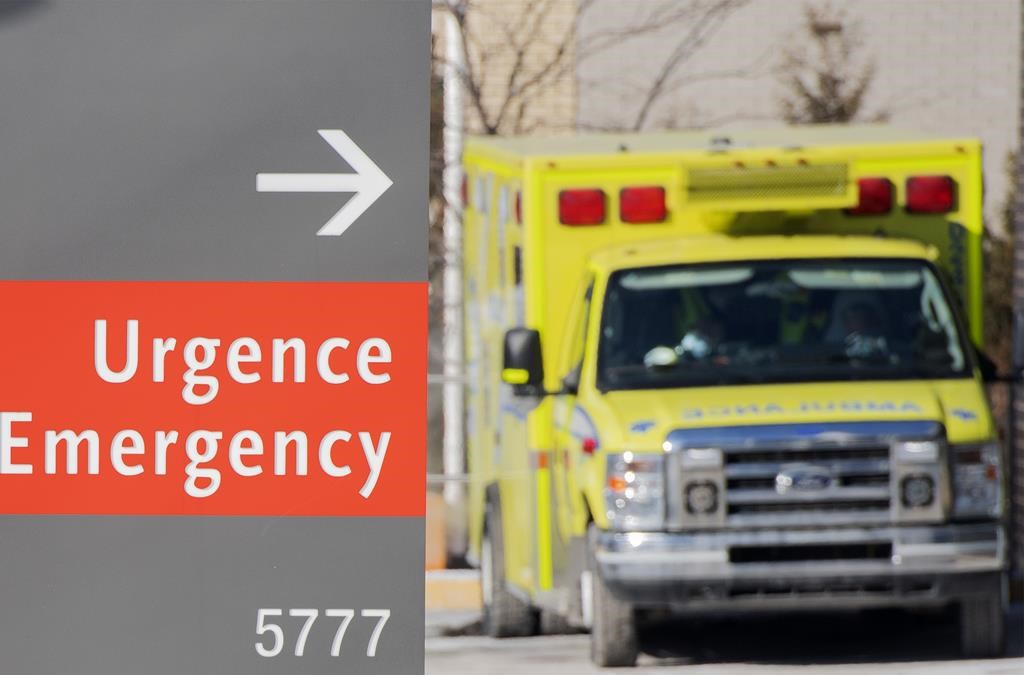Héma-Québec will soon be sole distributor of human tissues in the province

Posted April 26, 2024 11:16 am.
In addition to having a monopoly on blood products in the province, Héma-Québec will soon be solely responsible for the distribution of human tissues for all hospitals in Quebec.
It will add this new string to its bow in December 2024.
This mandate was granted by the Health and Social Services Ministry.
Hospitals have already been notified that Héma-Québec will soon be solely responsible for tissue distribution. The organization has been involved in tissue harvesting and processing since 2001.
Some hospitals contact Héma-Québec to place their orders or go elsewhere if the organization is unable to provide them with the requested tissue. In other cases, hospitals have the task of identifying suppliers and negotiating with them to obtain supplies.
Approximately 50 to 60 per cent of all tissues used in Quebec’s hospital network come from donors harvested and prepared by Héma-Québec. The rest comes from suppliers outside Quebec, mainly in the American market.
Starting in December, “hospitals will no longer have to search left and right” for the tissues they need. Héma-Québec will take care of identifying suppliers and ensuring the quality and safety of the products.
The primary goal of centralizing distribution is to ensure complete traceability of all human tissues used in hospitals, as has already been done for several years for blood products.
“In terms of obvious impact for the patient, there will be none, except that they’ll be able to be reassured that the tissues which will be used for a transplant have been validated, that they come from a reliable source and that the quality is there,” said Marc Germain, vice-president of medical affairs and innovation at Héma-Québec. “And if there is a quality issue, Héma-Québec will be there to conduct the necessary investigations to identify the source of the problem and correct the situation if necessary.”
Human tissues do not have the same requirements as organs.
Unlike organs, they should not be removed while the heart is still beating or immediately after cardiac circulation has stopped.
“We have up to 24 hours after the cessation of vital functions to collect the tissues,” said Germain. “We also don’t have to worry about a rejection by the recipient because the tissues are not very vascularized. There is an immune reaction, but it is far from what we see for the organs.”
This means that there is a much larger pool of potential donors for human tissues than for organs.
Around 30 to 50 per cent of deceased people can provide adequate tissue for a transplant, compared to 1.5 per cent for organs, Germain notes.
When it comes to human tissues, the most used in the health network are corneas — which were rarely transplanted ten years ago in Quebec. The others are skin, which saves the lives of severe burn victims, bones, which are often used in orthopedic surgery for hip replacements, tendons, mainly used in sports medicine, as well as heart and lung valves.
There is no waiting list problem for most human tissues apart from pulmonary valves, which are increasingly used by surgeons who are abandoning artificial valves for all sorts of advantages.
“We began to identify American suppliers who could have surpluses of pulmonary valves to supply the Quebec network,” said Germain. “If there is a wait (for tissue), it has more to do with the fact that it takes up space in the operating room, but it is not because there is a lack of tissue that it type of surgery is usually delayed.”
–This report by La Presse Canadienne was translated by CityNews
The Canadian Press health content receives funding through a partnership with the Canadian Medical Association. The Canadian Press is solely responsible for editorial choices.



